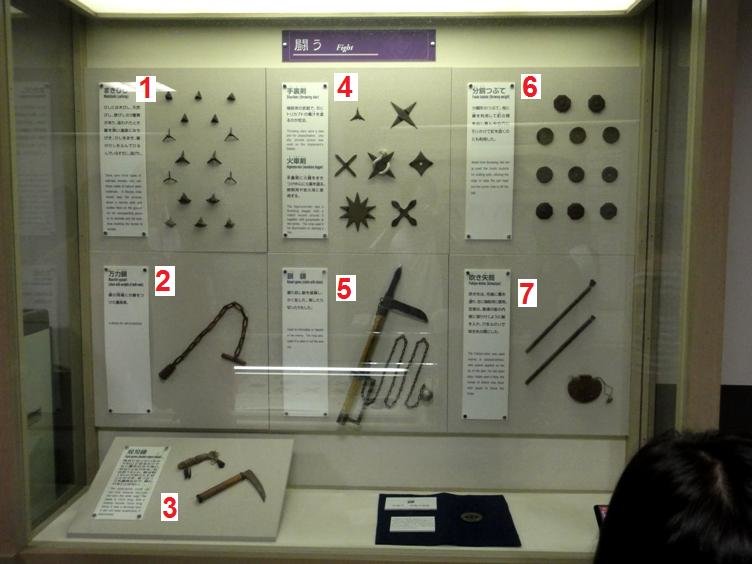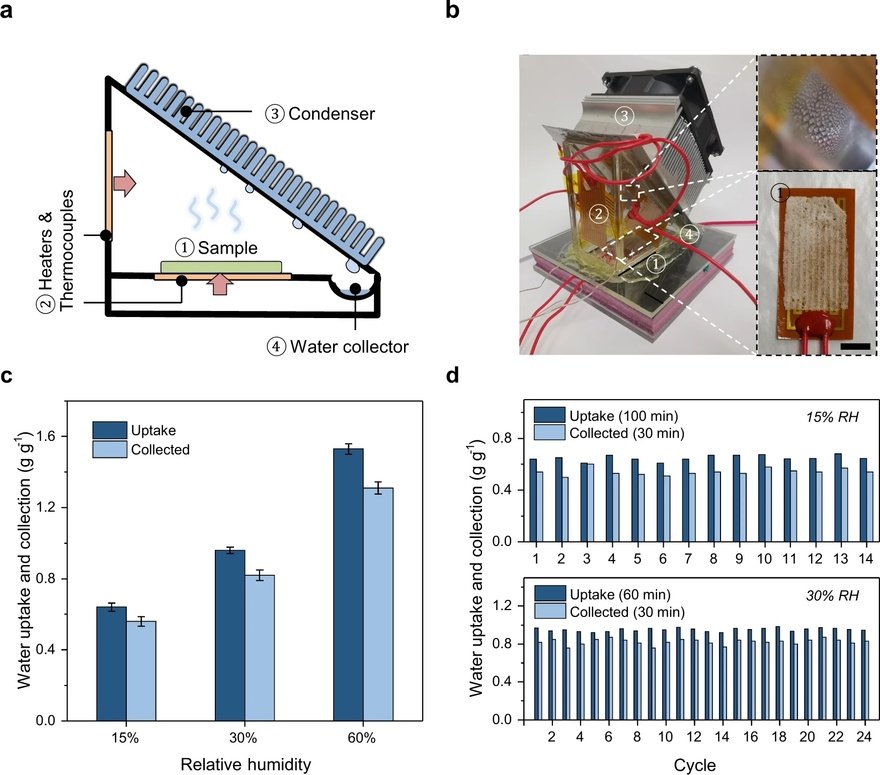In Mie Prefecture, Japan, is the Iga-Ryu Ninja Museum. My scout learned of this on the Instagram of Hiroshi Seki (Muji's former Director of Industrial Design and founder of Seki Design Lab). Seki posted this shot from the museum's exhibition of ninja tools:
I was eager to see more, but the museum's website doesn't have many photos. However, I found the blog of Japanese resident Manisha Kundu-Nagata, who visited the museum nearly a decade ago and wrote a comprehensive entry on the experience. She posted this photo of specialty ninja footwear called mizugomo, which translates to "water spider:"
 Image: Manisha Kundu-Nagata
Image: Manisha Kundu-Nagata
To explain, some Japanese castles were surrounded by marshy moats or flooded rice paddies. These were impossible for invaders to swim through and difficult to traverse on foot. The mizugomo were developed as the solution. They're essentially snowshoes for marshy conditions.
Kundu-Nagata also posted photos of a variety of weapons and tools with detailed descriptions:
 "Second display case exhibiting 1) Makibashi (caltrops), 2) Manrikigusari (chain & weight), 3) Sojingama (double-edged sickle), 4) Shuriken (throwing stars), 5) Kusarigama (sickle & chain), 6) Fundo tsubute (throwing weights), and 7) Fukiyazutsu (blowgun)" - Image: Manisha Kundu-Nagata
"Second display case exhibiting 1) Makibashi (caltrops), 2) Manrikigusari (chain & weight), 3) Sojingama (double-edged sickle), 4) Shuriken (throwing stars), 5) Kusarigama (sickle & chain), 6) Fundo tsubute (throwing weights), and 7) Fukiyazutsu (blowgun)" - Image: Manisha Kundu-Nagata
 "Third display case exhibiting Shuriken stars of different shapes" - Image: Manisha Kundu-Nagata
"Third display case exhibiting Shuriken stars of different shapes" - Image: Manisha Kundu-Nagata
I don't want to rip off her entire blog, so if you'd like to see more, do click over to her entry. There's enough interesting stuff that if I were in that area of Japan, I'd definitely drop by the museum.
from Core77 https://ift.tt/JQkZOFX
via IFTTT
















































